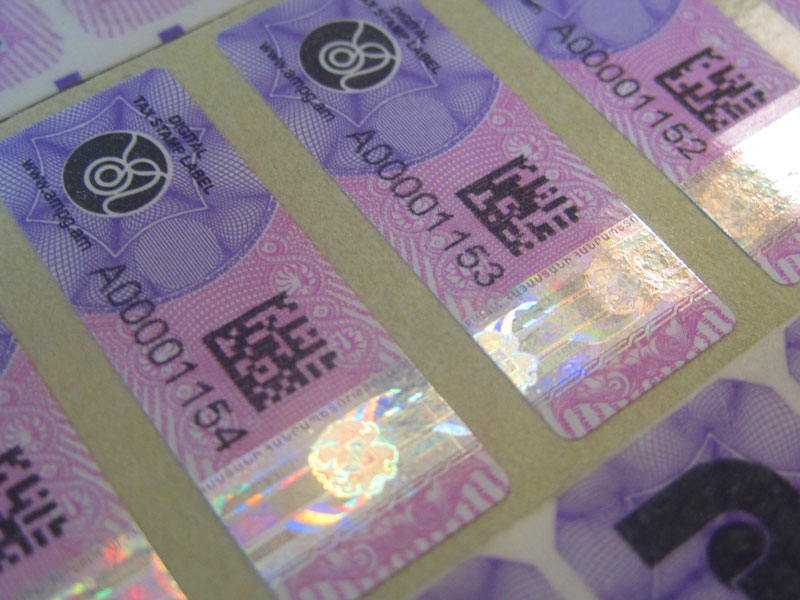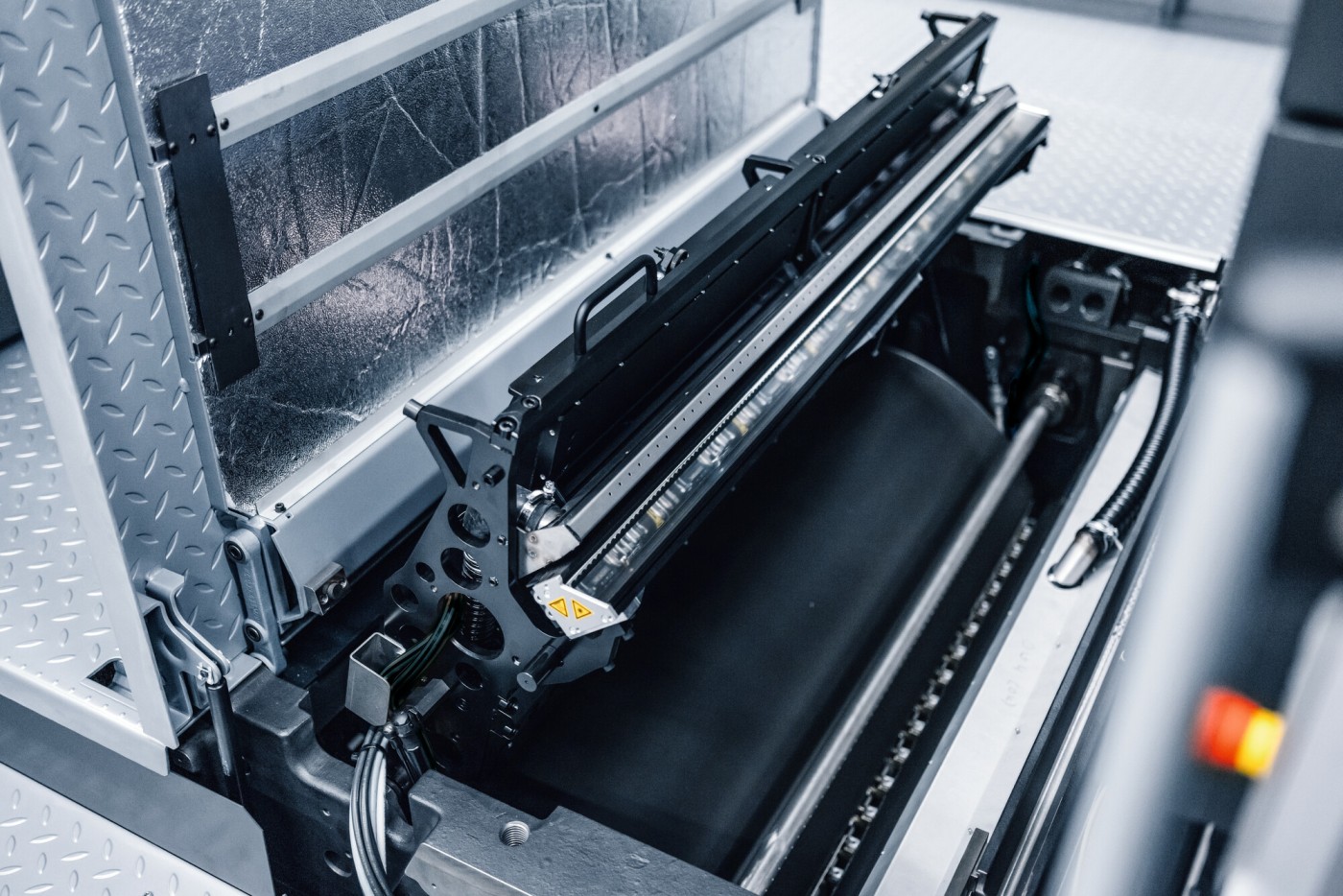In today’s global market, the cost of implementing anti counterfeit printing is a crucial consideration for businesses aiming to protect their products and brand integrity. Counterfeit goods pose a significant risk, impacting both revenues and consumer trust. Understanding the financial implications and benefits of deploying anti-counterfeit technologies is essential for business professionals seeking to safeguard their products.

Understanding Anti Counterfeit Printing
Anti counterfeit printing involves using specialized techniques to make product packaging and labels difficult to replicate. This technology is vital in industries like pharmaceuticals, electronics, and luxury goods, where counterfeit products can have severe consequences. To learn more about pharmaceutical serialization compliance, visit our detailed guide.
Why is Anti Counterfeit Printing Important?
The rise of counterfeit products has led to increased demand for robust anti-counterfeit measures. These measures help maintain brand reputation, ensure consumer safety, and comply with industry regulations. Moreover, they provide a competitive edge by assuring customers of product authenticity.
Factors Influencing the Cost
The cost of implementing anti counterfeit printing is influenced by several factors, including technology choice, scale of implementation, and industry requirements.
Technology Choice
Various technologies like holograms, watermarks, and RFID tags are used in anti-counterfeit printing. Each technology comes with its own set of costs and benefits. For instance, RFID tags are more expensive but offer enhanced tracking capabilities.
Scale of Implementation
The scale at which anti-counterfeit measures are implemented significantly affects costs. Larger volumes typically reduce per-unit cost due to economies of scale. For a deeper dive into industry standards, check out our article on industry standards.
Industry Requirements
Different industries have varying levels of compliance and technological needs, affecting the overall cost. For example, the pharmaceutical industry might require more stringent measures compared to the fashion industry.
Benefits of Anti Counterfeit Printing
Despite the costs, the implementation of anti-counterfeit printing offers numerous benefits. It protects brand image, ensures regulatory compliance, and enhances customer trust, ultimately leading to increased sales and market share.
Improving Consumer Confidence
Consumers are more likely to purchase products that are clearly marked as authentic. Anti-counterfeit printing assures customers of the product’s legitimacy, which can boost sales and customer loyalty.
Enhancing Brand Reputation
Brands that actively combat counterfeiting are often viewed more favorably. This proactive approach can enhance a brand’s reputation, making it a preferred choice among discerning customers.
Challenges in Implementation
While anti-counterfeit printing is beneficial, it comes with challenges. These include high initial costs, integration complexities, and the need for continuous updates to stay ahead of counterfeiters.
High Initial Costs
The upfront investment in technology and infrastructure can be significant. However, this is often offset by long-term savings and increased revenue from reduced counterfeit sales.
Integration Complexities
Integrating new technologies with existing production processes can be complex and time-consuming. It requires careful planning and execution to ensure a seamless transition.
Need for Continuous Updates
Counterfeiters continually evolve their techniques, necessitating regular updates to anti-counterfeit measures. This ongoing need for innovation can be resource-intensive.
Conclusion
The cost of implementing anti counterfeit printing is a worthwhile investment for businesses committed to protecting their brand and customers. By understanding the factors influencing costs and the benefits of implementation, companies can make informed decisions that align with their strategic objectives. For further insights on beginner strategies, explore our resource on anti-counterfeit printing for beginners.

FAQ Section
How does anti counterfeit printing work?
Anti counterfeit printing incorporates security features like holograms and watermarks into product packaging, making it difficult for counterfeiters to replicate.
What are the key benefits of anti counterfeit printing?
Key benefits include protecting brand integrity, ensuring regulatory compliance, and enhancing consumer trust.
Is anti counterfeit printing cost-effective?
While the initial costs can be high, the long-term benefits of reduced counterfeit products and enhanced brand reputation generally outweigh the expenses.
This article contains affiliate links. We may earn a commission at no extra cost to you.







